Patrick Walter Meik was an English civil engineer and part of a minor dynasty. His father Thomas Meik was also an engineer, as was his younger brother Charles Meik.
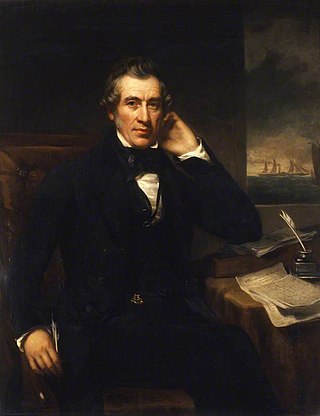
Sir William Fairbairn, 1st Baronet of Ardwick was a Scottish civil engineer, structural engineer and shipbuilder. In 1854 he succeeded George Stephenson and Robert Stephenson to become the third president of the Institution of Mechanical Engineers.
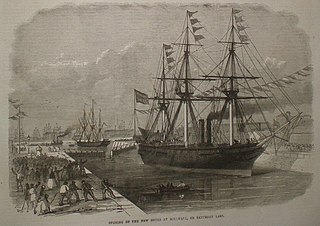
Millwall Dock is a dock at Millwall, London, England, located south of Canary Wharf on the Isle of Dogs.
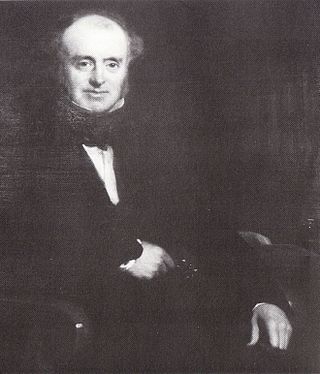
James Walker was an influential British civil engineer and contractor.

Sir John Aird, 1st Baronet was an English civil engineering contractor of the late 19th and early 20th centuries. He also served as Conservative Member of Parliament (MP) for Paddington North from 1887 to 1906, was the first Mayor of Paddington in 1900, and became an enthusiastic collector of British art.

BAM Nuttall Limited is a construction and civil engineering company headquartered in Camberley, United Kingdom. It has been involved in a portfolio of road, rail, nuclear, and other major projects worldwide. It is a subsidiary of the Dutch Royal BAM Group.
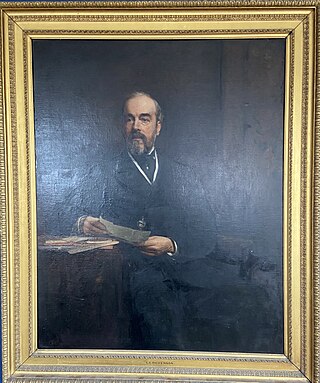
Lucas Brothers was a leading British building business based in London.
The Aird Baronetcy, of Hyde Park Terrace in Paddington in the County of London, is a title in the Baronetage of the United Kingdom. It was created on 5 March 1901 for the civil engineering contractor and Conservative politician John Aird.

Sir John Jackson was an English engineer who in later life served as Unionist Member of Parliament for Devonport, from 1910 to 1918, retiring from politics when his constituency was merged into another. He was proprietor of the major British engineering firm of John Jackson Ltd and the shipping company Westminster Shipping Co Ltd.

James Abernethy FRSE MICE was a Scottish civil engineer.
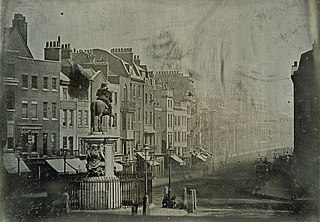
During the 19th century, London grew enormously to become a global city of immense importance. It was the largest city in the world from about 1825, the world's largest port, and the heart of international finance and trade. Railways connecting London to the rest of Britain, as well as the London Underground, were built, as were roads, a modern sewer system and many famous sites.
Holloway Brothers (London) Ltd was a leading English construction company specialising in building and heavy civil engineering work based in London.
Trollope & Colls was a British construction company. In the latter decades of the 20th century, it was one of the nation's largest construction companies.
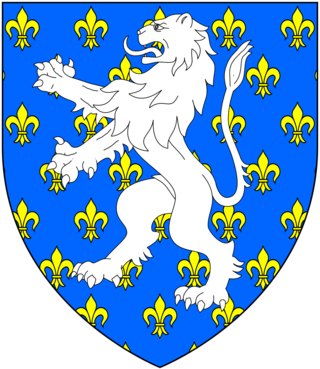
Sir John William de la Pole, 6th Baronet of Shute in the parish of Colyton, Devon, was a Member of Parliament for the rotten borough of West Looe. In 1791 he published, under the title Collections Towards a Description of the County of Devon, the researches on the history and genealogy of Devonshire made by his ancestor the antiquary Sir William Pole (d.1635), which he did not publish in his lifetime and which were enlarged by his son Sir John Pole, 1st Baronet, but which were partly destroyed during the Civil War at Colcombe Castle.
Sir Lindsay Parkinson & Company Ltd, commonly known as Sir Lindsay Parkinson & Co. Ltd or Lindsay Parkinson, was a civil engineering company in the UK. It was responsible for the construction of a significant part of the UK motorway network, including elements of the M4 and the M6. It was acquired by Leonard Fairclough & Son in 1974.
Sir John Kelk, 1st Baronet was a British Conservative Party politician, builder and public works contractor.
William Eassie (1805-1861) was a Scottish businessman of the mid 19th century, working as a railway contractor and then as a Gloucester-based supplier of prefabricated wooden buildings.

Sir Arthur Charles Lucas, 2nd Baronet was an English first-class cricketer active 1871–81 who played for Middlesex and Surrey.
Lucas and Aird was a major civil engineering business operating in the 19th century.
Tilbury Douglas is a British construction business with its head office in London.











